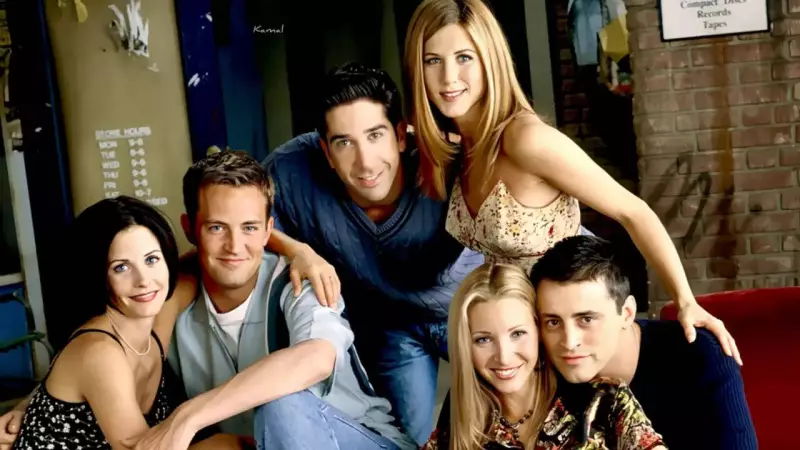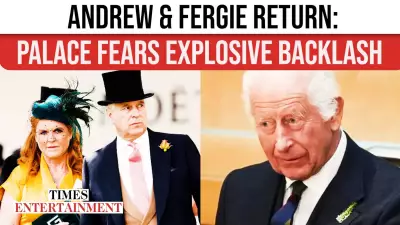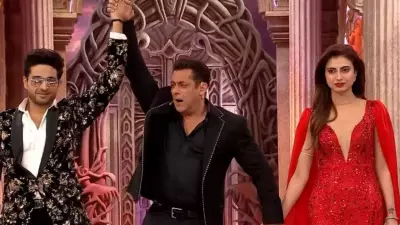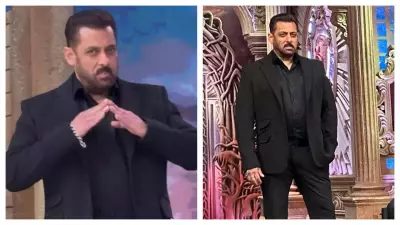
The beloved sitcom Friends, which dominated television screens for a decade, has faced significant scrutiny over the years for one glaring omission: the near-complete absence of Black characters in a show set in one of the world's most diverse cities - New York.
The Uncomfortable Truth About Friends' New York
While Friends portrayed a vibrant Manhattan filled with coffee shops and apartments, critics noted that the show's version of New York was overwhelmingly white. This raised important questions about racial representation in 90s television and whether the show accurately reflected the city's diverse population.
When the Cast Addressed the Elephant in the Room
During the 2020 HBO Max reunion special, the cast finally confronted this long-standing criticism head-on. The conversation revealed the complex dynamics behind the scenes and how the entertainment industry's approach to diversity has evolved since the show's original run.
Marta Kauffman's Regret and Awakening
Series co-creator Marta Kauffman expressed profound regret about the lack of diversity in the show. In a surprising turn of events, she admitted that her perspective had completely changed over time, leading her to make a $4 million donation to Brandeis University to establish an African American studies program.
The Defensive Stance That Didn't Help
Initially, the creators defended their casting choices by claiming they were writing about "their own experiences" and that the show wasn't intended to be "particularly diverse." This explanation, however, failed to satisfy critics who argued that television has a responsibility to represent society accurately.
Why This Conversation Still Matters Today
The Friends diversity debate continues to resonate because it reflects broader conversations about:
- Representation in media and its impact on audiences
- The evolution of diversity standards in television
- How classic shows are re-evaluated through modern lenses
- The entertainment industry's ongoing struggle with inclusion
This controversy serves as a important case study in how television both reflects and shapes cultural attitudes toward race and representation.





